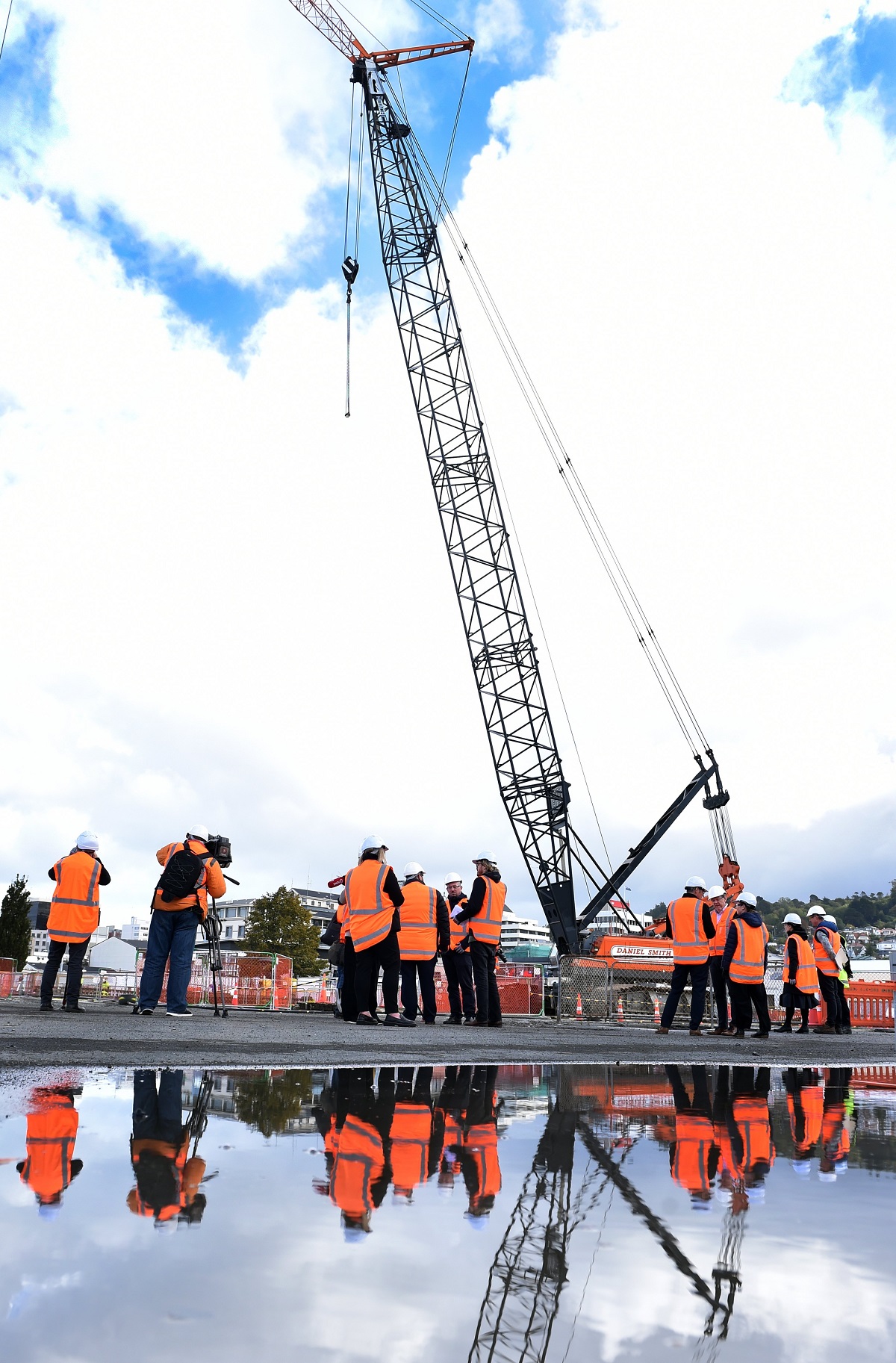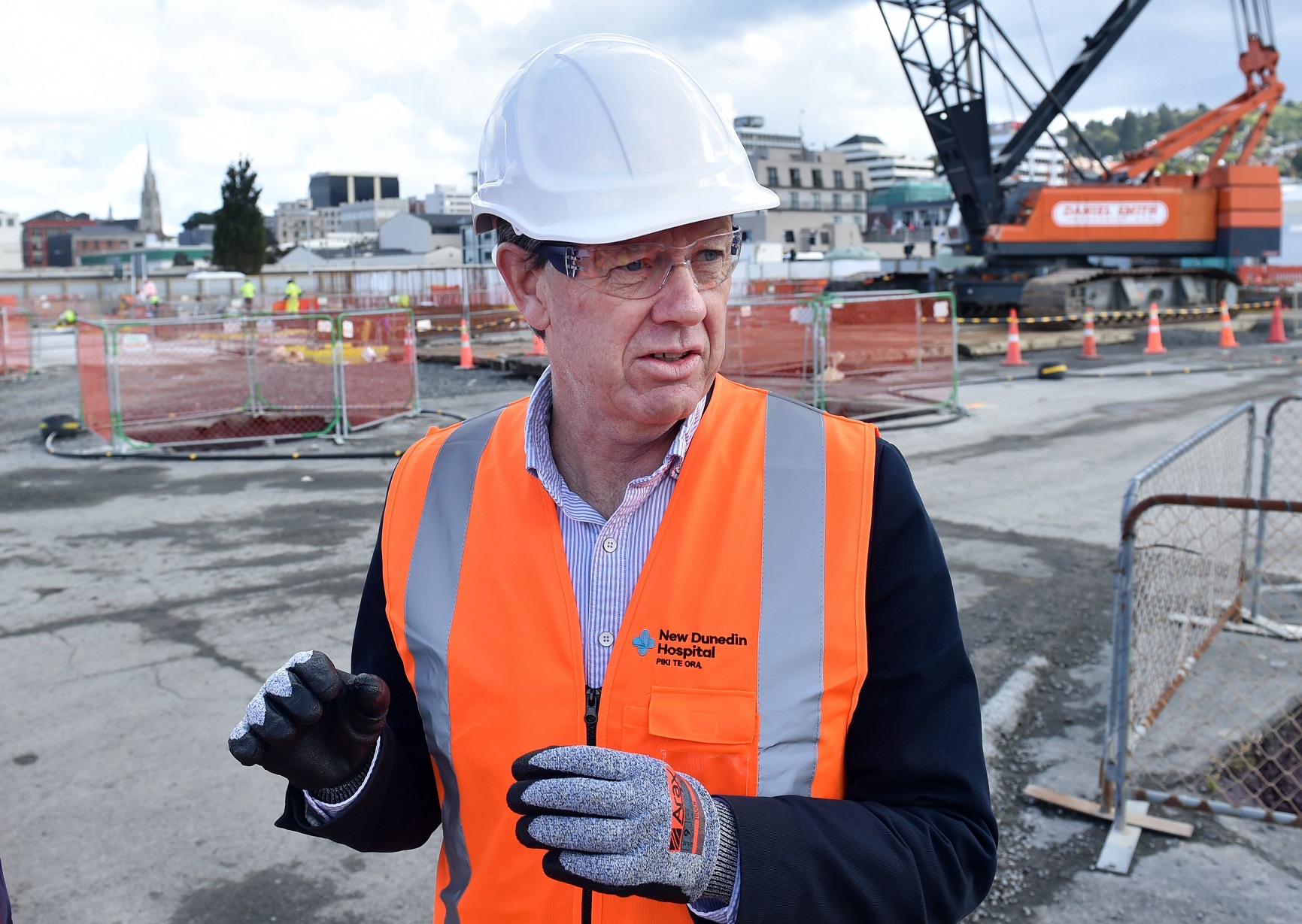
Members of a group of clinicians involved in the design changes which led to $90 million in savings spoke at a presentation to media by Te Whatu Ora Health New Zealand (HNZ) yesterday afternoon.
HNZ used the briefing to emphasise the savings were largely made by using more efficient design methods, rather than cutting clinical capacity.
Officials were unable to say with confidence the $1.58 billion budget would not blow out further.
Clinical transformation group deputy chairman Prof Patrick Manning, a senior doctor at the hospital, said the group was largely satisfied with the design changes, but there were areas of concern.
The group was fighting a plan being considered to shell 1000sq m of non-clinical space which meant it would not be operational when the hospital opened.
"We think that would be a significant clinical risk."
He also believed there could not be any further cuts through cost-saving "value management".
"It’s pretty important that we have some reassurance that there isn’t going to be any more significant value management after this point."

"But any further reductions would have a significant impact on clinical capacity."
There were also risks from shelling 12 beds dedicated to mental health services for older people.
Whether this would work was dependant on investment in a new "model of care" where more patients were looked after in the community.
The reduction of the area dedicated to pathology — the studying and diagnosing of diseases — from 1300sq m to 350sq m was also dependent on having a facility alongside the hospital to provide non-acute services.
Despite the concerns, Prof Manning and group chairwoman Dr Sheila Barnett said most clinicians involved in the redesign were happy with where the project was at.

The pair believed much of the opposition to the project was down to poor communication about the changes.
Hospital programme director Bridget Dickson said during the redesign, the decision was made to drop some of the more expensive design features and "a square and more efficient building" was now planned.
Most of the changes to the design happened in the first few floors, as the inpatient building was "restacked" through the redesign process.
A mana whenua space was dropped to the ground floor.
A "void" in the middle of the building, originally planned for all 10 floors, was reconfigured closer to the ground so that a large part of the void in the first three floors had been reclaimed.

It was designed in such a way that it could be "reinstated into the future".
On the higher floors nearly all of the original design was retained.
Any adjustments to the latest design would be confirmed when "milestones" were hit in the project, hospital and specialist services regional director Daniel Pallister-Coward said.
However, Mr Pallister-Coward said the design programme had moved past cuts to "a model that shows that most of the concerns that have been identified have been resolved".
HNZ director of delivery Monique Fowler said she could not provide any confidence that rising construction costs would not push up the price from $1.58 billion.








